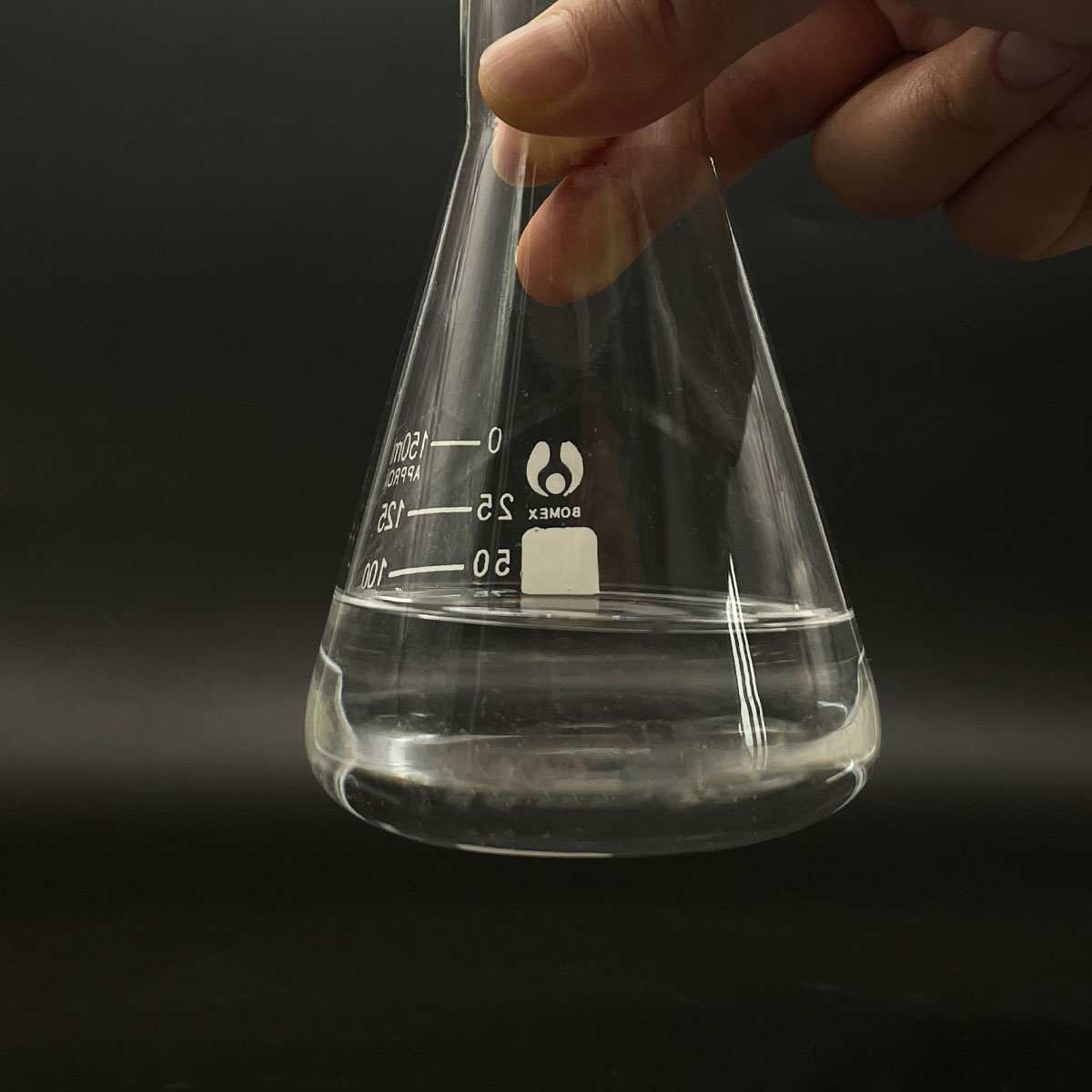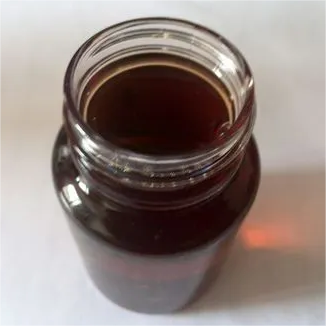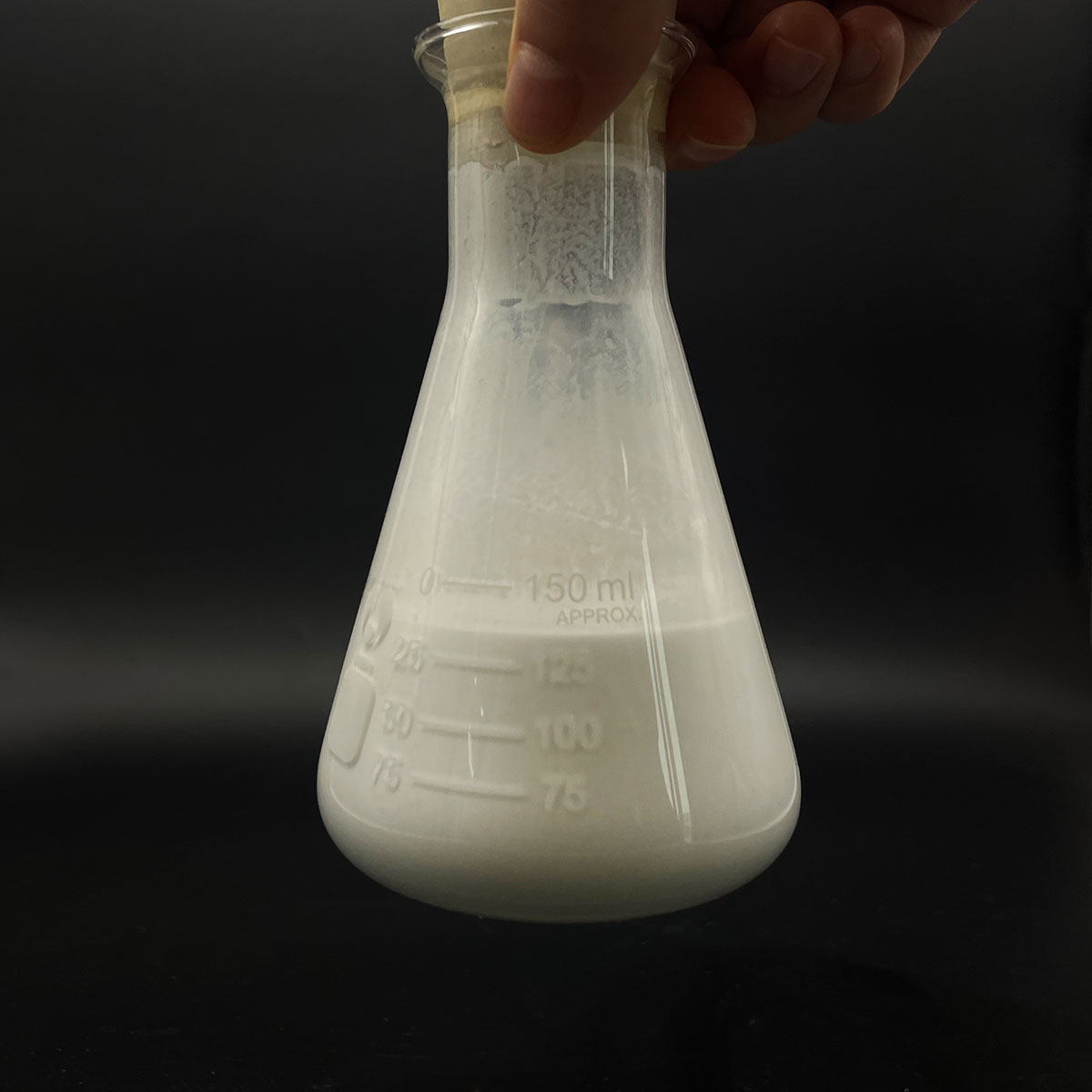1. Introduction
In the past 48 hours, a major cosmetics retailer announced it will phase out sodium lauryl sulfate (SLS) from all private-label shampoos by 2025, citing consumer demand for gentler, bio-based alternatives. This move reflects a broader industry trend toward replacing traditional anionic surfactants with milder options like decyl glucoside and sodium cocoyl glutamate. Against this backdrop, understanding what sodium lauryl sulfate really is—and how it compares to other surfactants—has never been more relevant.

Sodium lauryl sulfate, also known as sodium dodecyl sulfate (SDS), is one of the most widely used anionic surfactants in cleaning, personal care, and even agricultural products. But with growing concerns about skin irritation and environmental persistence, formulators are increasingly evaluating alternatives. Let’s break down the science, compare key surfactant types, and explore what’s driving this shift.
2. What Exactly Is Sodium Lauryl Sulfate?
Sodium lauryl sulfate (SLS), chemically identical to sodium dodecyl sulfate, is a synthetic anionic surfactant derived from lauryl alcohol (often sourced from coconut or palm kernel oil). Its molecular structure features a 12-carbon hydrophobic tail and a sulfate head group, giving it strong cleansing and foaming properties.
You’ll see it labeled as sls sodium lauryl sulfate, na lauryl sulfate, or even natrium lauryl sulfate in some regions. Despite minor naming differences—like sls sulfate or lauryl sulfate—they all refer to the same compound: C12H25SO4Na.
3. How SLS Compares to Other Common Surfactants
Not all surfactants are created equal. The key differences lie in their ionic nature: anionic, cationic, non-ionic, and amphoteric. SLS falls squarely in the anionic category, known for high foaming and strong detergency—but also higher irritation potential.
3.1 Sodium Laureth Sulfate (SLES): The Gentler Cousin
Often confused with SLS, sodium laureth sulfate (also called sodium lauryl ether sulfate or sodium lauryl ether sulphate) is ethoxylated—meaning ethylene oxide is added to the lauryl alcohol before sulfation. This makes it less irritating than SLS while retaining good foaming. You’ll find it in most commercial shampoos, often listed as sls sodium laureth sulfate or laureth sulphate.
However, the ethoxylation process can lead to trace 1,4-dioxane contamination, raising safety concerns in some markets.

3.2 Mild Amphoteric and Non-Ionic Alternatives
Amphoteric surfactants like cocamidopropyl betaine (also called coco betaine, amidopropyl betaine, or coco amido propyl betaine) are increasingly paired with SLS to reduce irritation. They work across a wide pH range and foam well in combination with anionics.
Non-ionic surfactants—such as polysorbate 80, Span80, Pluronic 127 (poloxamer 188), and ethoxylated alcohols—are milder and often used in herbicide formulations as surfactant for weed killer or lawn wetting agent. They don’t carry a charge, so they’re less likely to interact with skin proteins.
3.3 Bio-Based and Amino Acid-Derived Surfactants
The rise of clean beauty has boosted demand for bio surfactants like alkyl polyglucoside, coco glucoside, and decyl glucoside. These are derived from sugars and fatty alcohols, offering excellent biodegradability and low toxicity.
Similarly, amino acid-based surfactants such as sodium lauroyl sarcosinate, sodium cocoyl isethionate, and sodium cocoyl glutamate provide gentle cleansing without compromising foam. Sodium lauroyl methyl isethionate, used in premium body washes, is another standout for mildness.
4. SLS in Agriculture and Industrial Applications
Beyond shampoos, SLS is used as a surfactant for herbicides due to its wetting and spreading properties. However, methylated seed oil and lignin sulfonate are often preferred in agricultural settings for better rainfastness and crop safety.
In industrial contexts, sodium dodecylbenzene sulfonate remains a cheaper, high-performance anionic surfactant, while cationic types like cetyl trimethyl ammonium bromide (CTAB or cetyltrimethylammonium bromide) are used for antimicrobial action—not cleaning.

Fluoro surfactants and sodium deoxycholate serve niche roles in labs and pharmaceuticals, but their environmental persistence limits broad use.
5. Safety, Misconceptions, and Market Shifts
Despite viral claims, SLS is not carcinogenic—but it can cause skin and eye irritation, especially at high concentrations or with prolonged exposure. This has fueled the ‘SLS-free’ marketing wave.
Companies like Rohit Surfactants Private Limited now offer sodium coco sulfate (sometimes mislabeled as coco sodium sulfate) as a ‘natural’ alternative, though it’s still anionic and can be similarly irritating.
Meanwhile, ammonium lauryl sulfate (or ammonium dodecyl sulfate) offers similar performance to SLS but with slightly better solubility in cold water—common in clarifying shampoos.
6. Conclusion
Sodium lauryl sulfate remains a workhorse surfactant thanks to its effectiveness and low cost. But as consumers demand gentler, sustainable options, the surfactant landscape is evolving. From amphoteric cocamidopropyl to bio-based alkyl polyglucosides, the future lies in balancing performance with skin and environmental compatibility. Whether you’re formulating shampoo or a weed killer, understanding these differences is key to choosing the right surfactant for the job.
Our Website founded on October 17, 2012, is a high-tech enterprise committed to the research and development, production, processing, sales and technical services of ceramic relative materials such as What. Our products includes but not limited to Boron Carbide Ceramic Products, Boron Nitride Ceramic Products, Silicon Carbide Ceramic Products, Silicon Nitride Ceramic Products, Zirconium Dioxide Ceramic Products, etc. If you are interested, please feel free to contact us.


